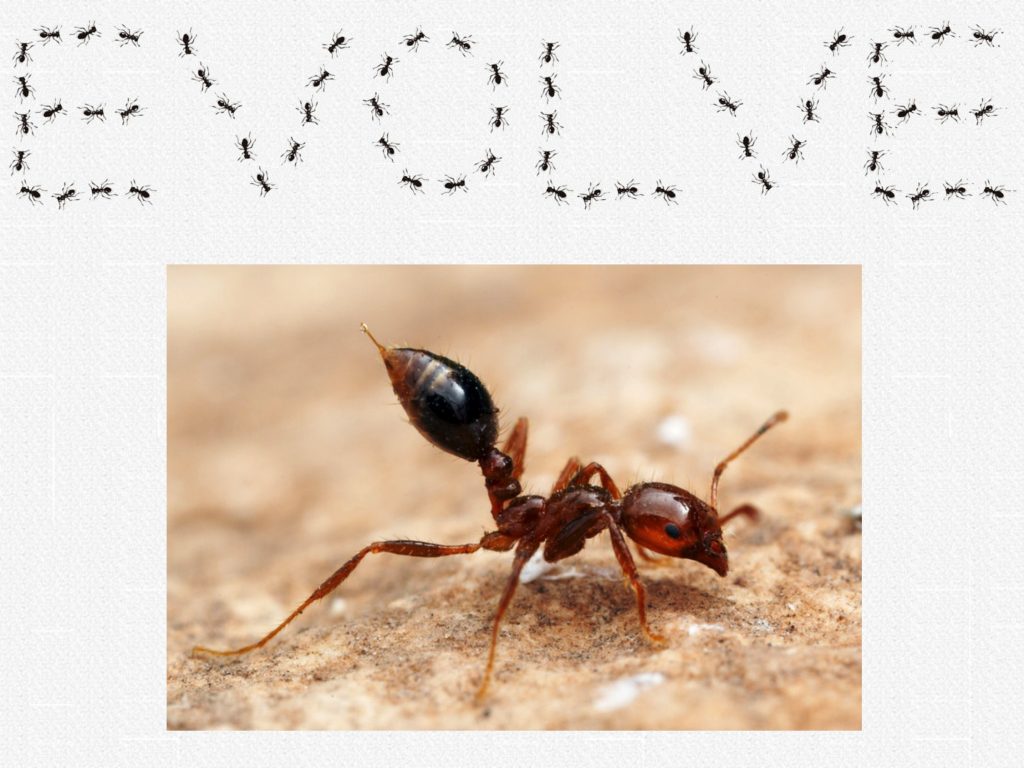We finally have the results from our genomic mapping of cuticular hydrocarbons (CHC) in Cataglyphis niger, which are known to be the chemical cues used by the ants to recognize their nestmates. We found QTLs (quantitative trait loci), which means that there is a genetic basis for the differences in the CHC profiles of different colonies. This study was conducted primarily by Shani and Besan. Shani conducted the chemical and genetic analyses and Besan did the computational analysis for QTL mapping. In our sampling of monogyne colonies from Bezet Beach we found 117 drones in one nest (i.e. male brothers). Shani analyzed their CHCs by gas chromatography (GC), and sequenced their DNA using RAD-seq (a reduced representation genomics sequencing approach). The GC analysis identified 31 CHCs, and the RAD-seq identified 7769 SNPs. Besan analyzed these data using the programs MultiPoint and MultiQTL, with the guidance of our neighbor Abraham Korol who developed them and is THE expert on genomic mapping. First, Besan constructed a linkage map of the 26 chromosomes of C. niger using MultiPoint. Then she used MultiQTL and found 20 QTLs for eight CHCs (FDR < 10%):

We are now looking into the genes in the genomic regions defined by each QTL, using the new and improved genome assembly for C. niger (Pacbio sequencing via the GAGA Consortium).

